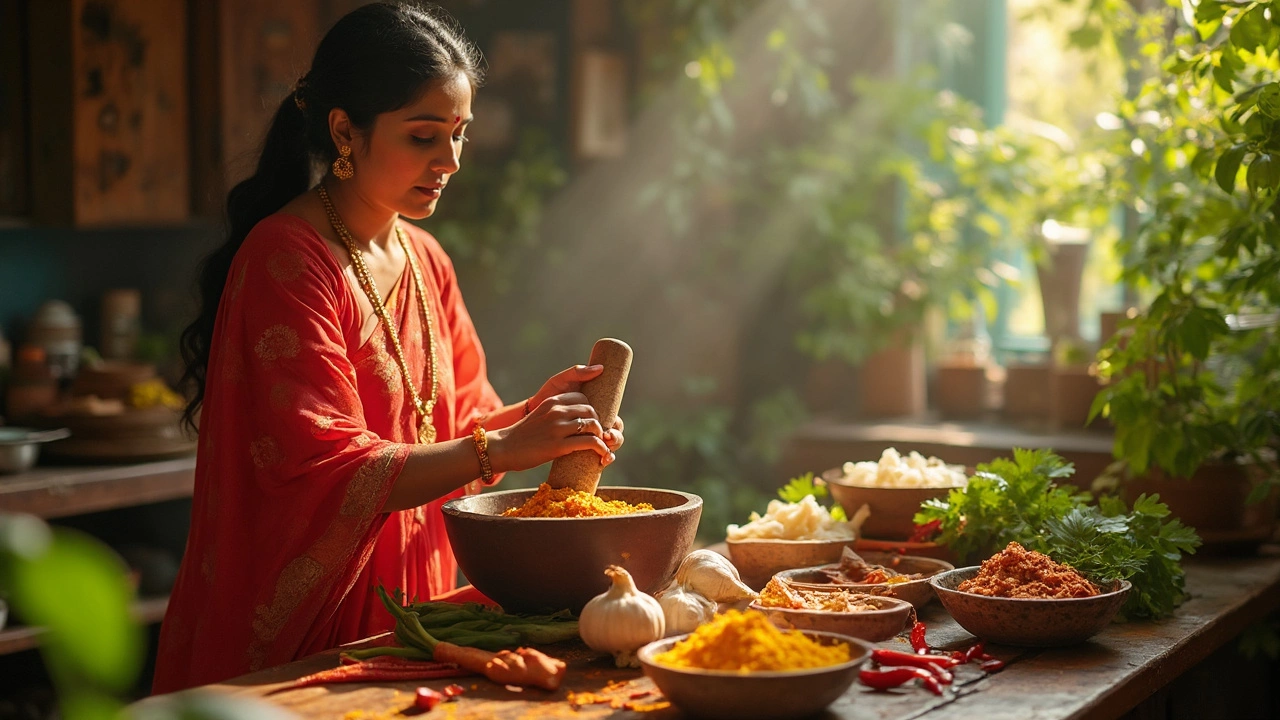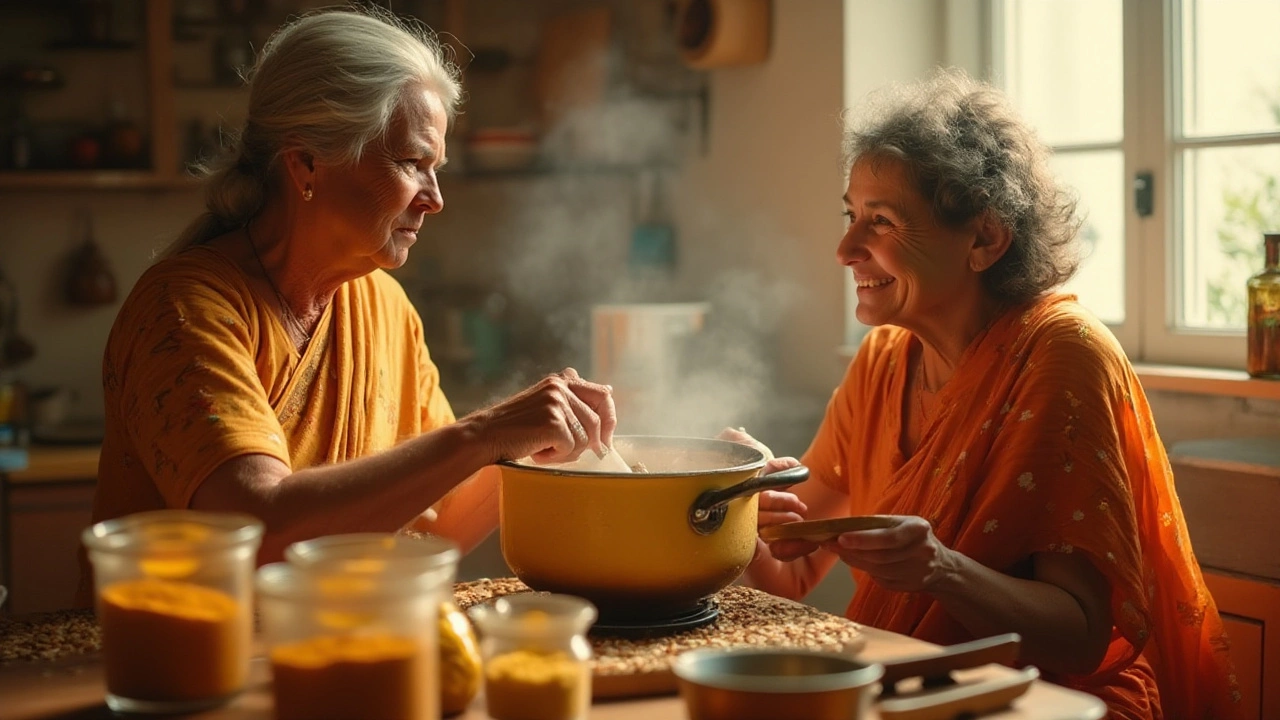Anti-Inflammatory Indian Foods & Recipes
When working with anti-inflammatory, ingredients that help lower inflammation in the body. Also known as anti‑inflammatory foods, they play a key role in Indian cooking and everyday health.
This category covers a range of ingredients that share a common goal: calming the body’s inflammatory response. Turmeric, a bright yellow spice packed with curcumin, a powerful antioxidant is the poster child, often paired with ginger, a rhizome that adds zing and contains gingerol, another anti‑inflammatory compound. Together they form a flavor duo that appears in everything from dal to chutney. Dal, lentils rich in protein, fiber, and phytochemicals also joins the list because its slow‑digesting carbs keep blood sugar steady, a factor that influences inflammation levels.
How Indian Spices Turn Meals into Healing Powerhouses
Beyond turmeric and ginger, spices like cinnamon, which contains cinnamaldehyde that can modulate inflammatory pathways and black pepper, which boosts curcumin absorption by up to 2000% often appear in the same dishes. The semantic triple “anti‑inflammatory foods encompass spices like turmeric and ginger” illustrates why a simple curry can become a health boost. When you add a pinch of cinnamon to a sweet dal or sprinkle black pepper over roasted vegetables, you’re not just seasoning – you’re activating bioactive compounds that support the immune system.
Cooking techniques matter too. Heat‑slow cooking, as used in biryani or slow‑simmered dals, helps release the active molecules from these spices. For instance, the article “Secret Ingredients That Make Biryani More Tasty” explains that a splash of lemon juice can brighten flavor while the acidity also aids in mineral absorption. Similarly, “Why Add Lemon to Biryani?” shows how acidity balances fats, further reducing inflammatory potential. These practical tips connect directly to the anti‑inflammatory theme, showing that flavor and health can go hand‑in hand.
Ingredient selection is another layer. Choosing the right milk for paneer, as discussed in “Which Milk is Best for Paneer Making?”, can affect the final dish’s inflammation score. Full‑fat milk provides conjugated linoleic acid, a mild anti‑inflammatory fat, while low‑fat options might lack this benefit. Pairing paneer with a turmeric‑spiced tomato gravy (see “Do Tomatoes Belong in Curry?” for the spice debate) creates a balanced plate where protein, healthy fats, and anti‑inflammatory spices all work together.
For vegans and vegetarians, tofu versus paneer comparisons matter. “Paneer vs Tofu: Which Tastes Better?” highlights that tofu absorbs marinades well, making it a perfect canvas for turmeric‑ginger marinades. Whether you prefer the dairy richness of paneer or the plant‑based texture of tofu, both can be part of an anti‑inflammatory regimen when paired with the right spices and cooking methods.
All these angles—spice selection, cooking technique, ingredient pairing—show why the anti‑inflammatory tag brings together a diverse set of recipes and tips. Below, you’ll find a curated list of articles that dive deeper into each ingredient, technique, and health benefit, giving you actionable ideas to spice up your kitchen while keeping inflammation in check.

Is Chutney Anti-Inflammatory? The Surprising Truth Behind This Popular Condiment
Chutney often gets tossed on the plate as just an extra, but this zingy condiment can be packed with ingredients that fight inflammation. This article breaks down what goes into typical chutney recipes and why those herbs, spices, and fruits matter for your health. We’ll dig into what research says about classic chutney ingredients like ginger, turmeric, and garlic. Plus, there are easy tips on making your own anti-inflammatory chutney at home. Find out which combinations bring the most benefits when you whip up your next batch.

Best Indian Dal Recipes to Fight Inflammation
Delve into the world of Indian cuisine and discover how traditional dal recipes can aid in reducing inflammation. These dishes, rich in spices and nutrients, offer both flavor and health benefits. Learn about the key ingredients that contribute to their anti-inflammatory properties and get tips on how to prepare delicious dals at home. Eating well doesn't have to be boring; these recipes prove that healing foods can be full of taste.